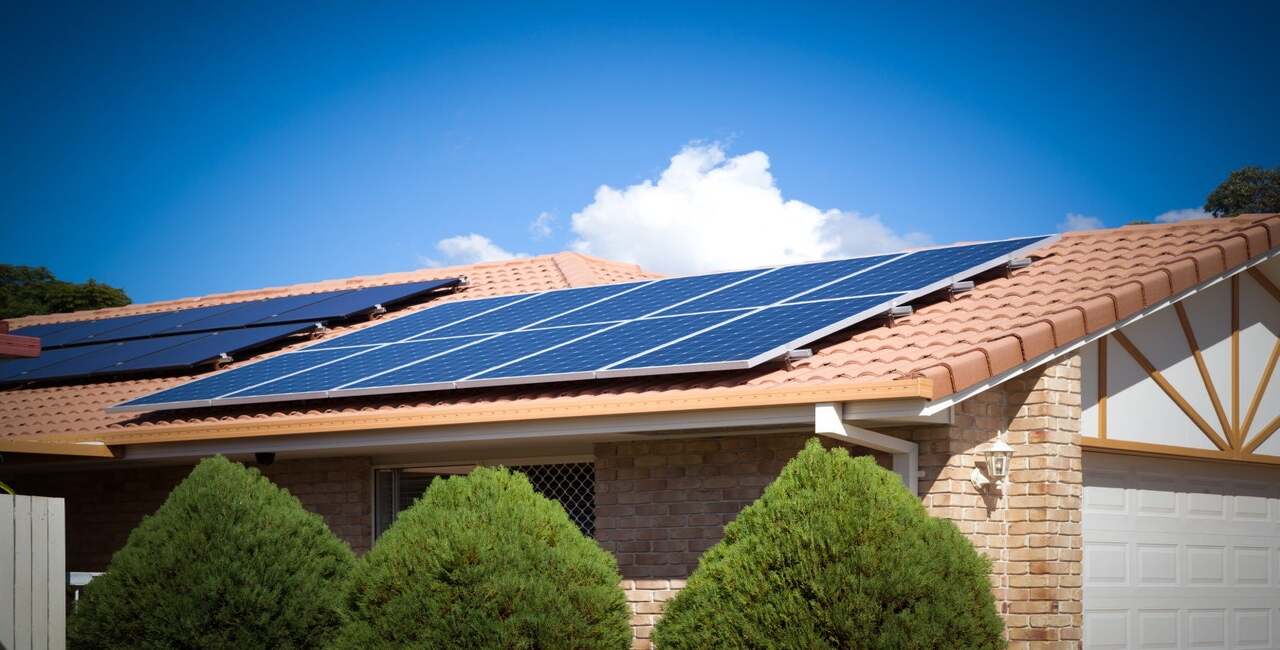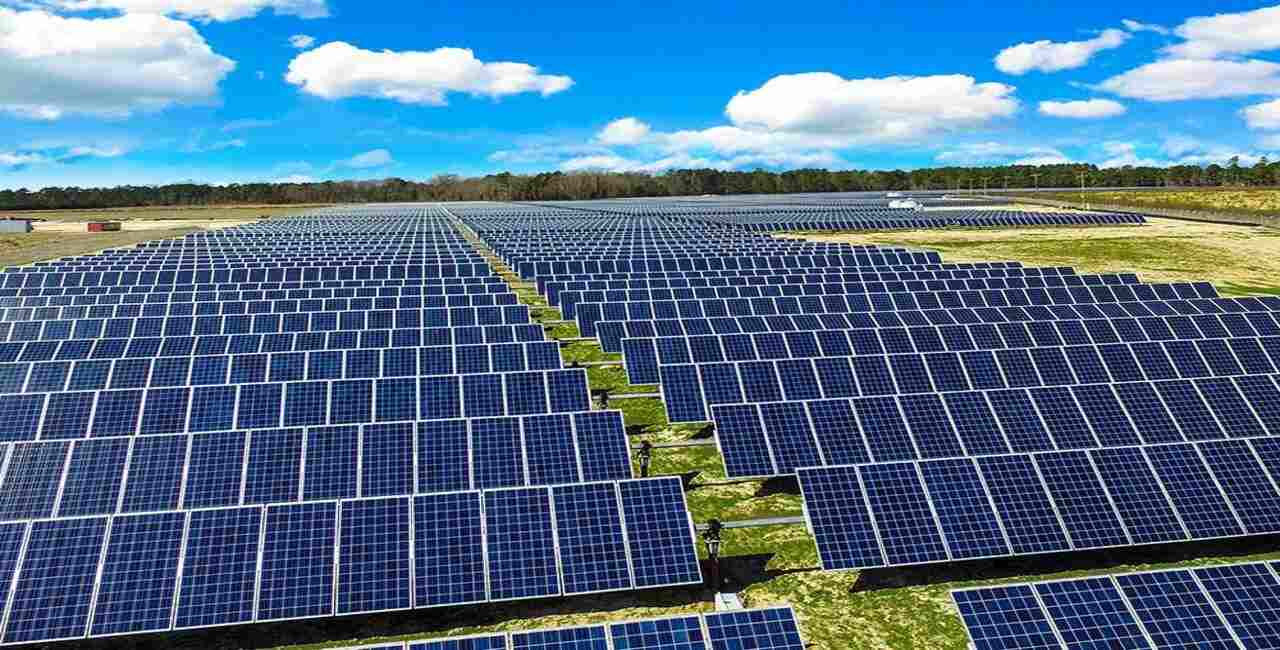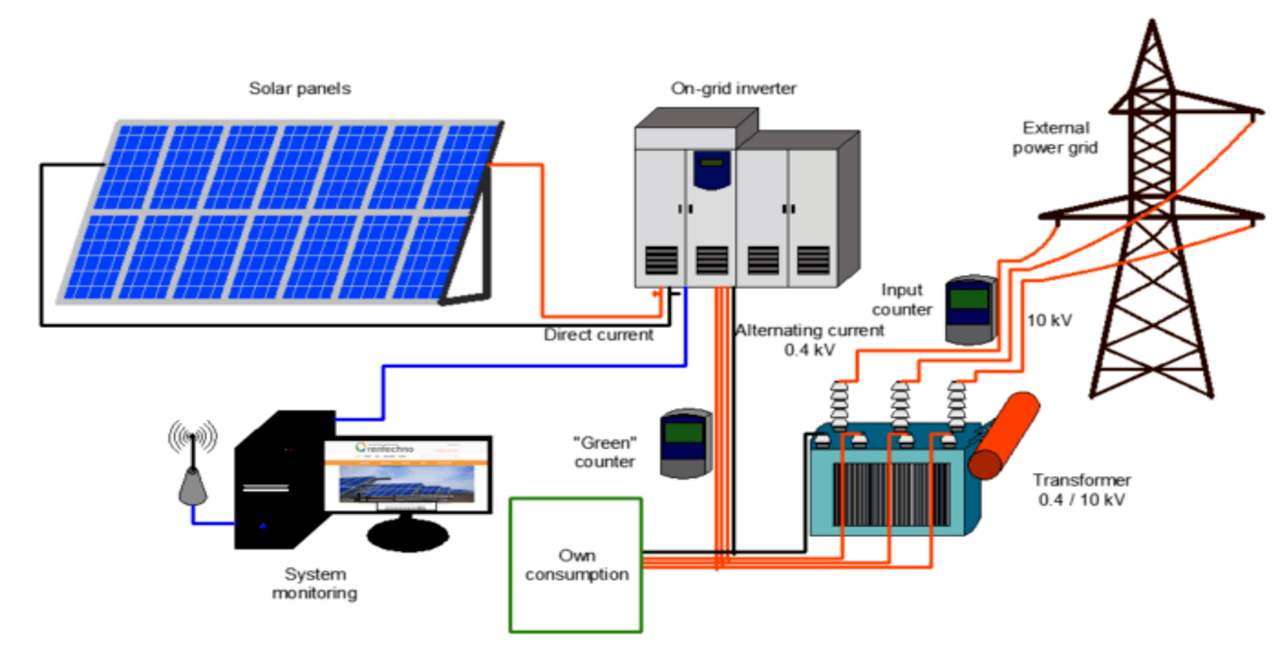Complete Guide On Solar Energy Analysis

In the year 2020, the market size of global solar power was USD 170.55 billion. The global impact of COVID-19 has been unprecedented and staggering; effect to this, solar power is witnessing a negative demand. As per the analysis, the market for solar panels will exhibit a stagnant growth of 4.18% in 2020; this was much higher than the growth average for the year 2017-2019. There is an expectation in the market that the growth will be analyzed from USD 184.03 billion in 2021 to USD 293.18 billion in 2028 at a CAGR of 6.9% in the 2021-2028 period. The sudden rise in CAGR is attributable to the market’s demand and growth returning back from the diminishment of the pandemic.
Driving Factors:
Growing Investments in Solar Energy to Fuel the Market
As per the requirement of the environment over the globe, several companies are installing renewable energy plants instead of other pollution-causing plants. The countries are also focused on eco-friendly power generation solutions with the purpose of reducing carbon emissions. Solar energy is an affordable renewable energy solution. Hence, numerous countries are heavily interested in and investing their money in solar energy. In 2019, it was seen that Asia Pacific installed more than 67 GW of new solar projects. Hence, this year was a noticeable year for the installation of solar capacity favouring the global market growth.
Supportive Government Initiatives and Policies to Propel the Market
Supportive government policies play a vital role in the installation of renewable energy. In countries like the U.S., China, and the EU countries, policies like FiT, investment tax credits, and capital subsidies are the major policies that are boosting solar installation. For instance, in May 2019, China’s National Development and Reform Commission (NDRC) made a declaration of those solar FiT payments for large-scale projects. Commercial and industrial solar photovoltaic projects originated for individual consumption, and extra power sent back into the grid is subject to a FiT of RMB 0.10/kWh.
Restraining Factors
Land Use Constraints to Hinder Market Growth
Large solar projects like utility-scale or large industrial-scale plants are basically installed on large-scale land. Furthermore, the land selection is also constrained by various factors, such as the availability of solar radiation. One of the major problematic issues for the solar industry is to be installed on agricultural or forest land. These lands owe low accessibility and instability. Transportation of equipment and electric grid distance also affects the land selection process.
Renewable Energy Analysis
In the year 2020, the global renewable energy market was valued at $881.7billion and is expected to reach $1,977.6 billion by the year 2030, growing at a CAGR of 8.4% from 2021 to 2030. Renewable energy is also known as clean energy, which is usually derived from natural sources. Wind energy is a type of renewable energy that is used to generate electric energy from the kinetic energy source. A wind turbine acts as a conversion of wind energy into mechanical energy, which is further converted into electrical energy by the utilization of generators. Wind energy is of two types- offshore and onshore. Onshore wind energy is associated with onshore turbines that are located on land, whereas offshore wind turbines are located in the ocean or sea.
Renewable Energy Market by Region
Asia-Pacific renewable energy market size is projected to grow at a CAGR of 9.6% during the forecast period and account for 35.2% of the renewable energy market share in 2020. The region accounts for more than half of the global energy consumption.
The renewable energy market is growing continuously in countries like China and India. China is becoming the world’s largest producer of bioelectricity in the year 2017, and now it is the key player in hydropower, onshore, wind power, and solar photovoltaic.
Renewable Energy Market by Type
In 2020, the hydroelectric power segment was the largest revenue generator. The growth is calculated at a CAGR of 6.5% during the forecast period. In Brazil, a significant amount of hydropower development took place. The surge in investments in off-grid energy generation and rural electrification across developing countries, such as India, China, Brazil, and Vietnam, has increased the demand for small hydropower plants.
In addition to this, some of the initiatives like the Small Hydropower Programme by the Ministry of New and Renewable Energy and Rajiv Gandhi Grameen Vidyutikaran Yojana taken by the Government of India to electrify rural areas and promote the utilization of small hydropower energy for off-grid and mini-grid is expected to drive the growth of the market.
Renewable Energy Market by End Use
The residential segment acquired the top position in the global market in 2020, and it is anticipated to grow at a CAGR of 8.4% during the forecast period. An increase in the use of geothermal heat pumps in the residential heating application is expected to increase the growth in the market. The requirement for geothermal power will boost with a rise in demand for electricity. This factor is expected to drive the growth of the market. Several companies in the market facilitate geothermal power to the residential sectors.

Enel Green Power is a company that owns the power plants at a complex and serves approximately 2 million families and 8,700 residential and business customers. Implementation of government initiatives in developing economies to curb carbon emissions as a purpose to reduce the usage of conventional fuels to generate energy. It has increased the usage of rooftop solar energy systems to generate electricity for household purposes.
Design And Analysis Of Solar Panel Supporting Structure In Wind Effect Shape
The utilization of renewable energy resources is increasing rapidly over the globe. Following this trend, the implementation of large-area solar arrays is an essential part. Many design approaches to the supporting structures have been presented in order to attain the target of maximum efficiency.
Renewable energy resources are loaded mainly with aerodynamic pressures. International governance and the competition between industries define that they must withstand the enormous loads that result from large air acceleration. They must have a life assurance of more than 20 yrs.
Optimization plays a vital role in product design and prevents unnecessary inventory from satisfying functional needs. But optimization with apt design helps to build efficient products in the everyday competing market. Stress analysis also plays a vital role in optimizing the designs.
Due to the advancement in computer-based finite element software’s design process is made simple by easier simulation methods fast replacing prototype built up and testing. In the current scenario, a solar panel aiding structure is crafted to take rotational loads for safe operation. So the designs should consider the loads coming on the structure for rotation along with the inertia effect of the rotating members. The mechanism should withstand the aerodynamic loads, inertia loads and rotation loads along with frictional loads. The model should look at aerodynamic circumstances for loading calculations, and the design should satisfy all the functional requirements.
Various Solar Cell Design Principles to look out for
The Solar Cell design is a key process for producing highly efficient solar cells with high quality and low cost effects. Within a certain set of limitations, the solar cell design process includes the specification of the parameters of solar cell structure for the purpose of maximizing efficiency. These limitations will be determined by the conditions and working environment in which the solar cells are produced. For instance, the solar cells produced in a commercial environment are much more cost-effective, and the cost of fabricating a specific solar cell structure is one of the main considerations to be taken care of. The solar cells produced have the motive to make the production of the highest possible efficiency for a laboratory-type cell.
Evolution Of Silicon Solar Cell Efficiency
Solar cells that are made up of silicone are more used to be accurate under the conditions of one sun operation at around 29%. The current maximum measured efficiency for a silicon solar cell is 24.7% under normal conditions. The gap between the higher theoretical efficiencies and the actual efficiencies measured from terrestrial solar cells is based on two basic elements. The first one is that the theoretical efficiency calculations assume that energy from every photon is used optimally, that no photons are unabsorbed and that every photon is absorbed in a material with a band gap equal to the energy of the photon. Theoretically, this can be achieved by modeling an infinite stack of solar cells of variable band gap materials, each one only absorbing the photons exactly corresponding to its band gap. The second one is that higher theoretical efficiency assumes a high concentration ratio. With the assumption that the temperature and the resistive effects do not govern in the concentrator solar cell, the increase in the light intensity leads to an increase in the short circuit current. Since the VOC (open circuit voltage) also relies on the short circuit current, VOC increases as well with light level. In addition, because the maximum fill factor increases with VOC, the possible maximum ff increases as well with concentration. The additional VOC and ff increase with concentration which allows for higher efficiencies in concentrators.
Solar Cell design Principles
In the design process of single junction solar cells, the principles for having maximum cell efficiency are:
- Increasing the quantity of light collected by cells is converted into carriers
- Increasing the collection rate of light-generated carriers by the p-n junction
- Minimizing the forward bias dark current
- Extracting the cell current with no resistive losses.
- What factors determine the size of the right solar system?
There are five key factors that are used to calculate solar system size:
- Usage
- Solar insolation and weather
- Roof characteristics
- System losses
- Battery storage
The amount of energy you utilize is the most important factor that determines the size of the solar system. The size of the panel results in increased savings.

Solar insolation and weather
This factor is extremely locational dependent if we compare peak sunlight hours (PSH) - a measurement of the average amount of sunlight which is received by the place.
Roof characteristics
The orientation and pitch of your roof will determine the orientation and angle of your solar panels. Both factors are going to impact the production of solar energy.
System losses
Because of the factor that all of the solar panels are experiencing system loss, you will not have access to the full DC output of your solar panels.
Battery storage
The shortage of battery power for a solar power system can also impact the size of the solar system.
Bottoms up
The solar power market share in India is expected to increase by USD 240.42 billion from 2022 to 2026, at a CAGR of 35.24%.
This solar power market in India research report provides valuable insights on the post COVID-19 impact on the market, which will help companies evaluate their business approaches.

